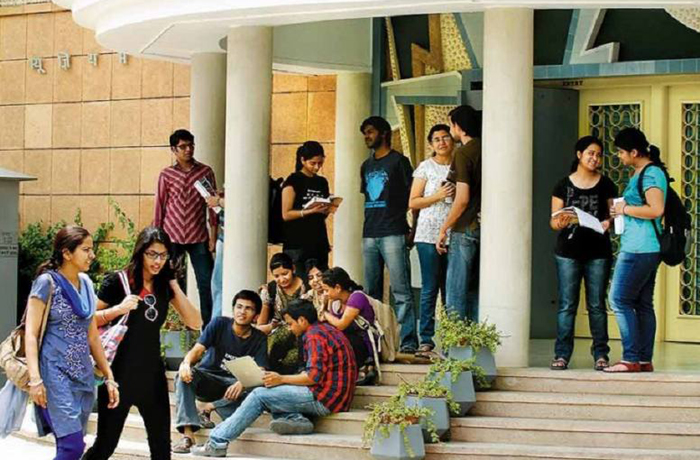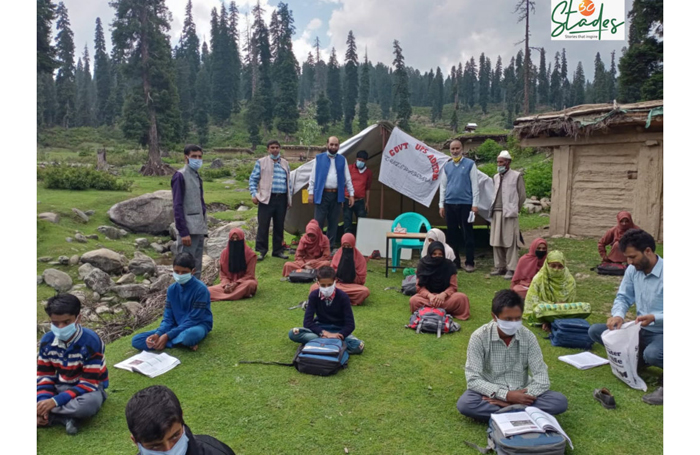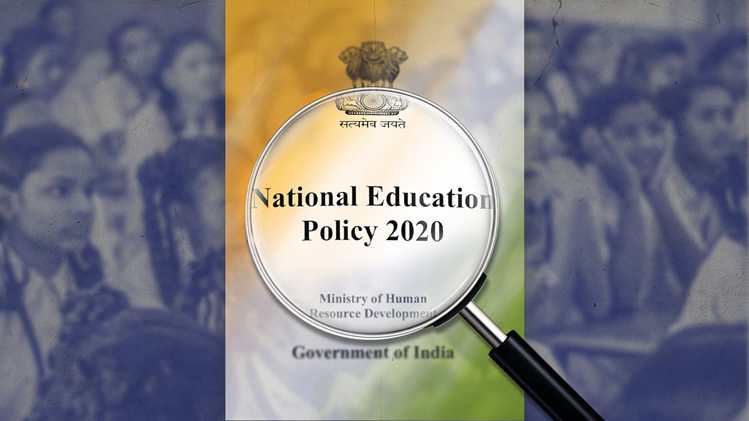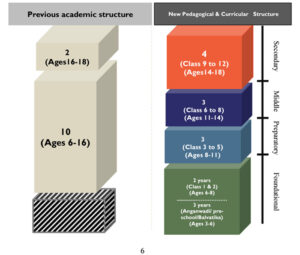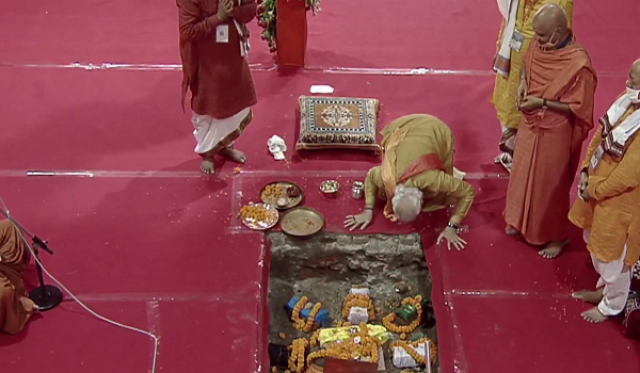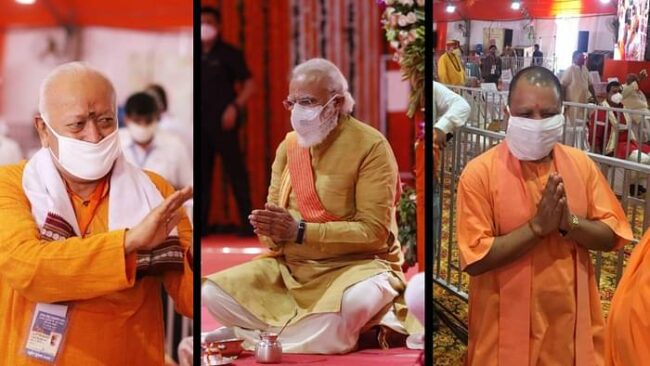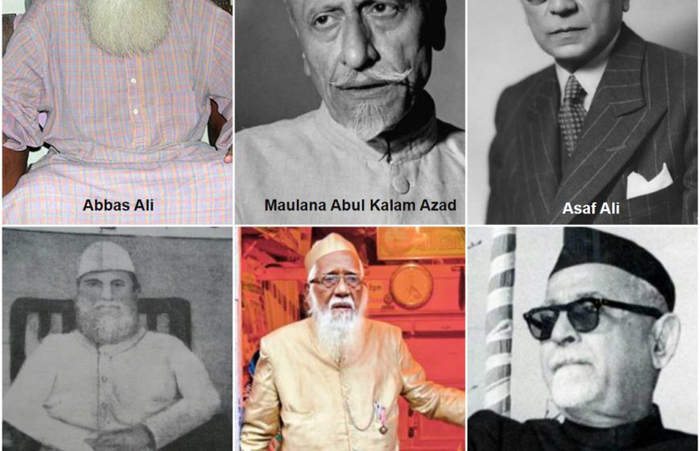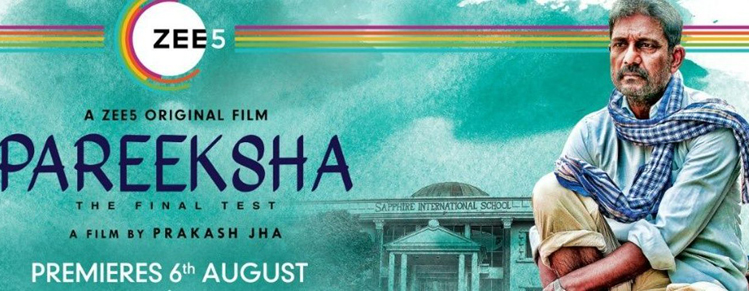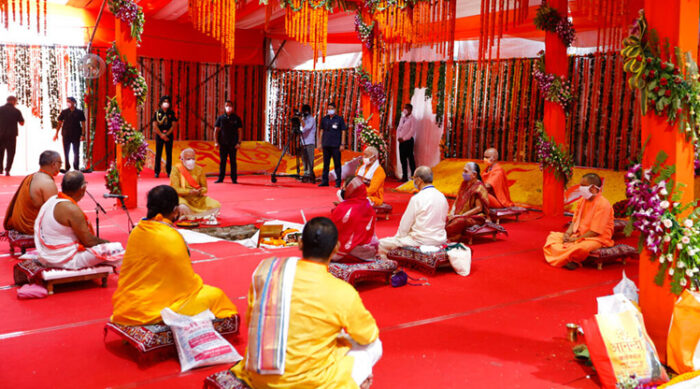Unlike primary and secondary education, higher education is where the greatest members of a society are nurtured. If the purpose of secondary education is to make you familiar with your culture, language, identity and building character; then the role of higher education is to prepare one to be in different roles which require expertise, deep knowledge and mastery of a particular subject(s).
The working class is the foundational unit of society since they maintain the regular order of any society. A majority of businessmen and self-employed people also don’t need a graduate degree since for them higher education is not essential. To be a full citizen of a country, a secondary education is often enough because the civics taught will be sufficient to equip you with knowledge required for full political participation. So, who needs higher education? Interestingly, the socially disadvantaged class. Why? Higher education equips a socially backward or a Dalit person with proper lexicon to articulate their issues, their political aspirations, their voices against atrocities and fulfillment of their social duties and responsibilities.
Higher education also gives you an escape from the ghetto and an escape to places around the world which makes you a well-rounded person & helps you gather like-minded people to your cause and fight for justice. The complicated and subtle tactics played by oppressors can only be countered by people who are courageous and armed with deep knowledge & expertise. The subtlety of NEP is to lure backward class into the abyss of vocational courses and to destroy their path to articulation.
For privileged sections of the society, higher education can often be pure pursuit of knowledge, not so for the marginalised. For the marginalized members of the society, higher education is paramount, often the only way out! Instead of increasing their participation in higher education, the vision document of NEP instead wants to populate the ‘garbage’ vocational institutes with them, thus essentially forming a legalized graded hierarchy. The problem doesn’t end here, the undergraduate course is replete with exit options (sec. 11.9, NEP 2020) each year. You may ask what’s the issue here? Earlier, when students (especially from the marginalized sections) used to drop out, parents would question the Institutes and hold them to account. By cleverly making exit a legitimate choice for students, the accountability now falls on the students, thus freeing the Institutes from any blame altogether. So, what’s the problem with an exit degree you may ask! Well, first and second year exit students are basically post secondary students with certificates and will never be treated as full graduates, thus missing out on a vast number of opportunity ladders. Once, a 4-year graduate degree becomes mainstream, even a 3-year exit graduation will be a lesser and undervalued degree. Moreover, after 4 year of graduate degree, you will be able to directly apply for PhDs and also go abroad for research. Exit in that case will become an unfortunate choice disproportionately affecting the underprivileged. Most of the high-paying private and public jobs will require a proper graduate or a technical graduate degree with 4 years of education, training and research.
The problem goes even further. The NEP document declares in sec. 11.10c, “The M.Phil. programme shall be discontinued”. This is devastating not only for students who want to join college as assistant professors but also those who wanted to experience research before going into PhD. Two-year M.Phil. was far preferable to a 6-year PhD for some and sometimes was enough to carry out all duties as a college teacher (undergraduate and postgraduate). The Masters program for those with a 4-year bachelor degree is relatively easy as it will be a 1-year course-intensive program. On the other hand, 3-year graduate students will have to enroll for a 2-year Masters program with second year dedicated entirely to research. This second year will be crucial because without this there will be no Masters & thus no pathway to join a PhD program. The assessment of Masters advisor will be eminently important as his/her recommendations and patronage will make or break a career. In a way, without a 4-year graduate degree it will be extremely difficult to join a PhD or project/research program.
Since the Universities will become autonomous, they will have much leeway in creating a filter which may not be conducive for students from socially backward backgrounds. The first block for these students will be completing secondary education since they can be lured into vocational courses resulting in the end of formal education. Then there will be exit options throughout the 4-year bachelor program and if they go through a 4-year program, a Masters degree and challenging filtering system before entering PhD. Those exiting before completion of a 4-year undergraduate degree will have a much more difficult time. It has been seen in the past that underprivileged students overcome gaps in entrance tests at a faster rate than cracking the interview. It may be because they don’t have formal training in appearing for interviews. But a more reasonable assumption will be that one or more members of the panel (mostly from affluent backgrounds) can influence the panel against selecting these candidates. Then there are further issues where an upper caste guide may discriminate against a lower caste student, not being supporting, not giving good recommendations and essentially leaving the student on his/her own, ultimately destroying his/her career in academics. And then there is post doctoral research where the same filtering system will continue. The problem is even more acute when it comes to the recruitment of faculty, since the large share of faculty of any Institute is made of upper caste ones, it becomes extremely challenging for a lower caste candidate to enter the space. It’s our concern that the new NEP policies will aggravate the situation and not rectify this.
Another problematic aspect of this document is dilution of the separation of arts and science. The motivation here is clear: In the large scheme of things, arts and science don’t have boundaries. When NEP talks about ‘Sanskrit knowledge system’, it talks about a comprehensive system consisting of arts, music, literature, philosophy & theology, mathematics, astronomy and other branches of study. Thus they want to open the whole higher education sector to a knowledge structure which is immersed in ancient and classical Indian knowledge systems. Any subject in higher education will be studied in the context of an ode to the ancient wisdom and the classical knowledge system. Each subject and its course structure will be framed keeping in mind the vast treasure trove of knowledge and ‘treasures’ India always had.
The original idea is not to raise the status of Humanities to that of Science but rather to raise the status of the ancient knowledge system to a far greater height. In isolation, vedic & Sanskrit science is underwhelming and unimpressive but together with all other branches it looks voluminous and intimidating, evoking almost a sense of awe. But there are other concerns as well which are purely pragmatic. For example, let’s assume that you want to do a BS in Chemistry. In the new hodgepodge system, you can do a BS in Chemistry with Vaisesika Philosophy (one of the major branches of orthodox Hindu philosophies). It’s not clear whether in that case the syllabus of core Chemistry will be diluted (all indications say yes), thus creating a deficient Bachelor program. With such certification, it won’t be easy to join foreign universities for higher research since it won’t be easy to convince them about the rigor of such a program. In IIT systems, there are concepts like Majors and Minors which will be beneficial if the government wants to create a robust undergraduate program. It’s better to offer small projects to students on their subjects of interests rather than diluting the rigor of an entire subject.
The financing of research through NRF also seems troubling as it seems that the government wants to divert more funds to ancient knowledge systems rather than creating new knowledge and technologies. The financing of Higher Education Institutes will also decrease forcing them to rely more on Alumni, loans and increased fees. Higher education will increasingly become expensive except in classical Indian language studies, ancient Indian knowledge systems and AYUSH (Ayurveda, Yoga and Naturopathy, Unani, Siddha and Homeopathy). May God help us!


